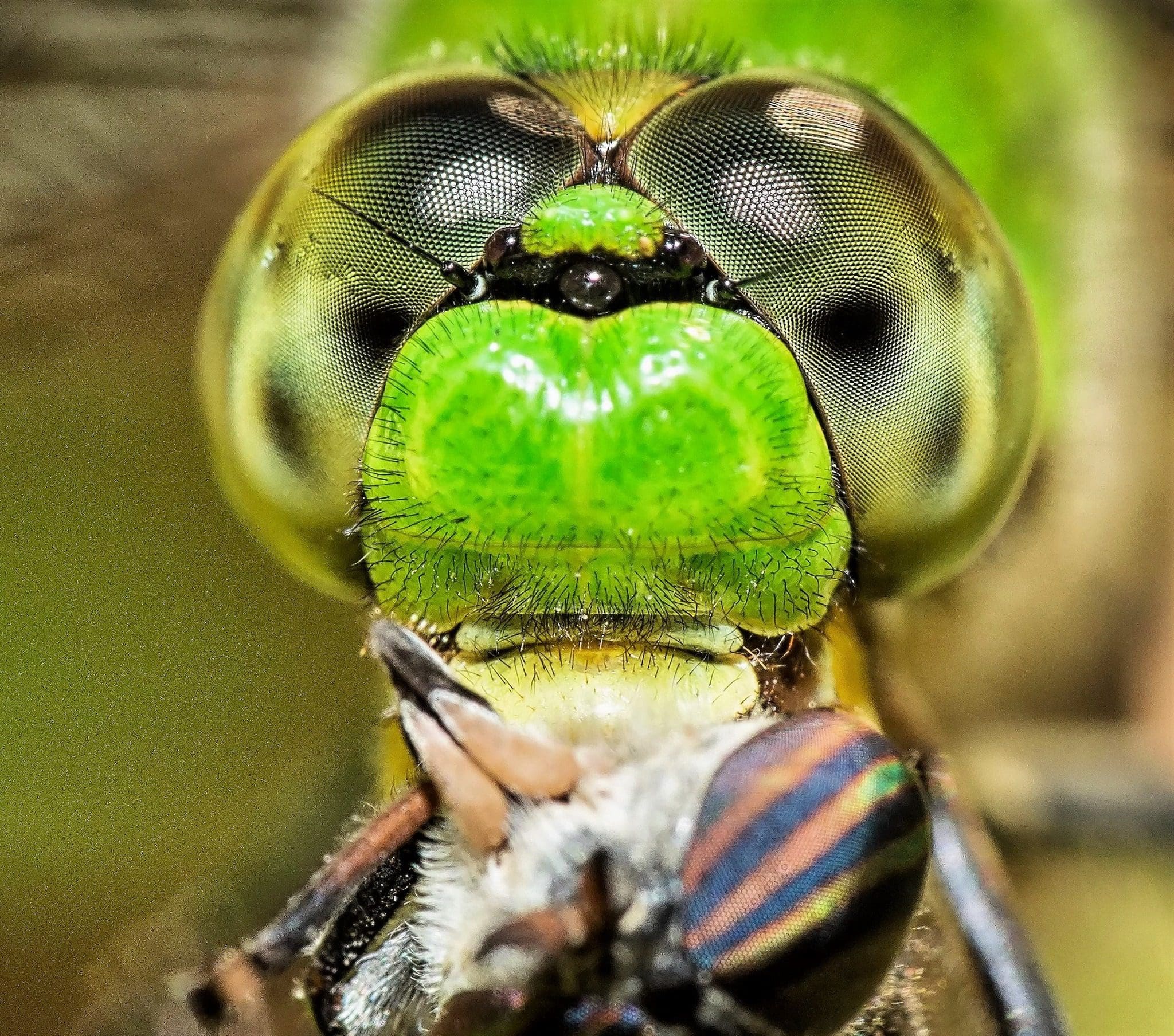10 fascinating facts from the Project Dragonfly webinar
On May 18, 2022, Ducks Unlimited Canada hosted a panel of wildlife and ecosystem experts in a one-hour webinar to kick of Project Dragonfly on iNaturalist. The webinar recording can be viewed online, and the following are 10 of our favourite facts from the talk.
- One of the easiest ways to distinguish a dragonfly from a damselfly is to look at its wings. At rest, most damselflies hold their wings closed (expect for those belonging to a group known as spreadwing damselflies, which hold their wings at a 45-degree angle to the body). Dragonflies at rest hold their wings completely out to the side, perpendicular to the body.
- Dragonfly larvae, which live entirely underwater, have gills inside their abdomens. The breath by drawing in and pushing out water…through their rear ends.
- A dragonfly’s four wings move independently. This allows it to hover, dart side to side, and even fly backwards—maneuvers that help it catch its prey.
- Freshly emerged dragonflies are soft-bodied and individuals from a species will often metamorphosize en mass. Birds like red-winged blackbirds, which live near wetlands, take advantage of this opportunity, collecting several dragonflies to feed the young in their nests.
- A male dragonfly that’s ready to mate will grab a perspective mate behind the head (or at the top of the thorax) using a special clasper at the tip of its abdomen. The clasper fits into grooves on the female, which are uniquely shaped for its species—like a lock and key.
- When a female dragonfly has been grabbed by a male, it decides if it wants to mate. If the female chooses to mate, it curves the tip of its abdomen to the base of the male’s abdomen to receive the sperm.
- Dragonfly larva are aquatic ambush predators. When prey gets close, they shoot out their lower lip to snag their prey, then pull it back into their mouthparts. Some of the larger species, like darners, grow big enough to prey on tadpoles, small fish and even salamander larva.
- Sixteen percent of dragonfly and damselfly species are at risk of extinction—and more broadly, the world is experiencing a global biodiversity crisis. Land use change is identified as having the largest relative impact in recent decades.
- Wetland loss is directly related to global dragonfly population declines. Restored wetlands have the potential to be recolonized if adult dragonflies return and breed in the habitat.
- Logging your dragonfly observations in iNaturalist can help inform conservation without putting dragonflies at further risk. Observations for vulnerable species—those that may be endangered or targeted for poaching or collection—are shared with their locations automatically obscured by the platform.
Watch the webinar recording for more facts and sign up for Project Dragonfly on iNaturalist today! Your observations will help raise awareness and support for the critical habitat dragonflies—and hundreds of other wildlife species—need to survive.
To learn more about dragonflies and find other ways to help, visit https://www.ducks.ca/project-dragonfly/.

Dragonfly macro photograph by Bill Kendall





